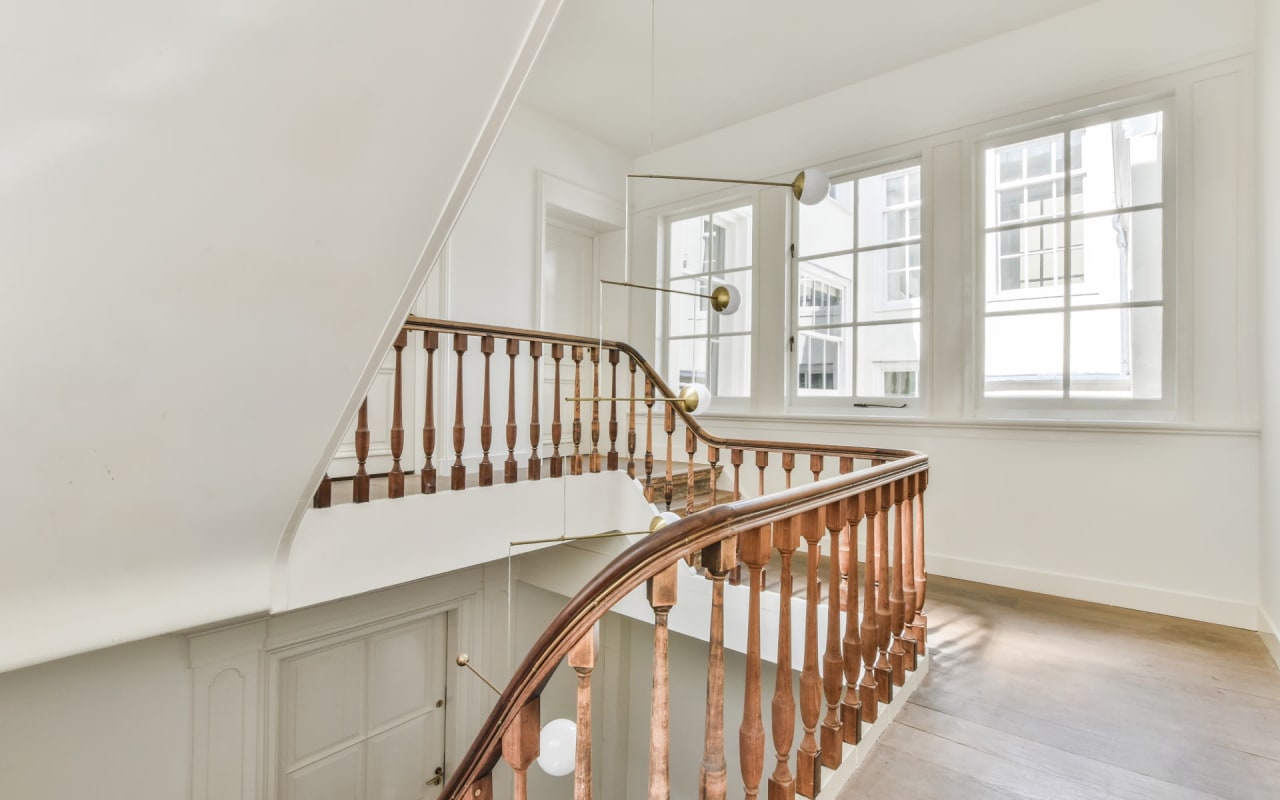Question: How do I know I have the right homeowner’s insurance coverage?
Answer: Most people will spend more time figuring out what movie to watch on Netflix than setting up homeowner’s insurance on their most valuable asset(s). Despite how fast and easy insurance companies make the process, you should spend more time with a real person designing an insurance policy that fits your home and your risk tolerance.
Two weeks ago, ARLnow columnist Peter Rousselot wrote an article about a home flooded with sewage because of a backup in the public sewer line that didn’t have proper Water & Sewer coverage and was denied coverage by the County, thus costing them almost $20,000 and a ton of headache. According to my insurance partners at Day, Deadrick, and Marshall (DDM Insurance), Water & Sewer backup coverage is one of many things commonly missing from most homeowner’s insurance policies written by popular “fast and simple” insurance providers.
In addition to having the right coverage, a good insurance provider will also ensure you understand what is NOT covered that people often think is covered. Basement flooding from heavy rains is a good example of something that is often not covered, a lesson many locals have learned the hard way over the last few years. If you understand what isn’t covered, you may make different decisions on where and how you store valuables or where you invest in expensive renovations.
I asked the team at DDM Insurance what some of the most common mistakes are that they see in other homeowner’s insurance policies they review and outlined some of them below:
-
Sewer Water Drain Backup (what was missing in the policy for the homeowner in Peter’s article): This applies to sump pumps, wells, toilets, and piping within the structure. Separate coverage applies to the breaking or freezing of pipes, but any other backup or overrun of these sewage systems within a home requires this coverage and should be no less than $25,000.
-
Additional Living Expenses: It covers hotel bills, restaurant meals, and other living expenses incurred while your home is being rebuilt. Typically, most policies will cover 20% of the value of your home, but for those with lower-valued homes, it may be appropriate to increase this limit. In the event of a total loss, it is very reasonable for these expenses to be over and above that amount.
-
Guaranteed Replacement Coverage on the Dwelling: This provides additional coverage on the dwelling if there is a total loss, so the client gets a percentage over the dwelling coverage listed on the policy declarations. Those percentage options are usually 25%, 50%, or 100%, so if you have $100K on the dwelling coverage, with this endorsement, you get up to $125K, $150K, or even $200K. This is a must because you never actually know what it will cost to rebuild until it has to be done.
The replacement cost estimators that insurance companies require to be done are only estimates so this endorsement gives people a cushion so they are not out of pocket in the event the house is totaled. -
Supply Line Coverage: This helps to defray the cost of replacing the incoming/outgoing water and sewer lines from the street to the house. This covers the cost of digging up the front yard, replacing the busted pipe, and then backfilling/repairing your yard. It often costs $5,000-$10,000+ for this type of work, depending on how far your house is from the street and the amount of landscaping/hardscaping to dig up/replace.
You should also consider who the actual insurer is because when a claim is filed, the quality of service and responsiveness of your insurer is critical. Like anything else you buy, the cheapest providers often render the cheapest service when called upon.
If your homeowner’s insurance was set up online or without involvement by a real person with expertise in local insurance practices, I highly recommend getting another opinion from an insurance agency/provider who offers a more personalized review of your policies. I also don’t suggest taking those recommendations and sourcing the cheapest version of it elsewhere because oftentimes, the personalized service you get (or don’t get) building a policy is reflective of the quality of service you’ll get when a claim arises.
For a review of your current policies or help setting up a new policy, I highly recommend contacting Matt Deadrick ([email protected] or 301-937-1500 x13) at DDM Insurance, whom I use personally and recommend to my clients.




